News & Media > Editorials > 8 Reasons to Boycott the Races
8 Reasons to Boycott the Races
Beneath the glamour and gambling of the horse racing industry exists a dark underbelly of pain and suffering for the very creatures most patrons believe they are celebrating. Horses are gentle, intelligent and social creatures that are being exploited on a mass scale and it is our responsibility to boycott the racing industry to work towards ending this cruel ‘sport’ once and for all.
1. Confinement of horses
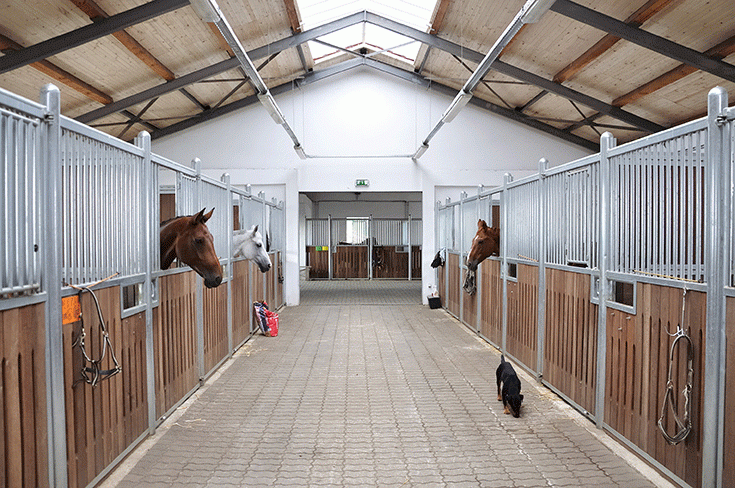
Horses confined to stables. Source: Titan
Horses are highly social herd animals, who prefer to live within a group. Horses often form strong bonds with other members of their herd and isolation is highly stressful for them.
Horses in the racing industry are mostly confined to a stable 22 hours a day (with the exception of when a horse is spelling), while the other 2 hours are accounted for by an intense training routine. Horses are natural grazing animals and will constantly and selectively graze throughout the day given the opportunity [1].
This perpetual confinement and isolation is anxiety-inducing, and presents in a number of abnormal and neurotic behaviours commonly seen in racehorses. Crib biting (commonly referred to as wind sucking), box walking, wood chewing and weaving are all behaviours that are attributed to a lack of foraging and social interaction with other horses, boredom and stress [2][3][4][5].
2. Over-breeding
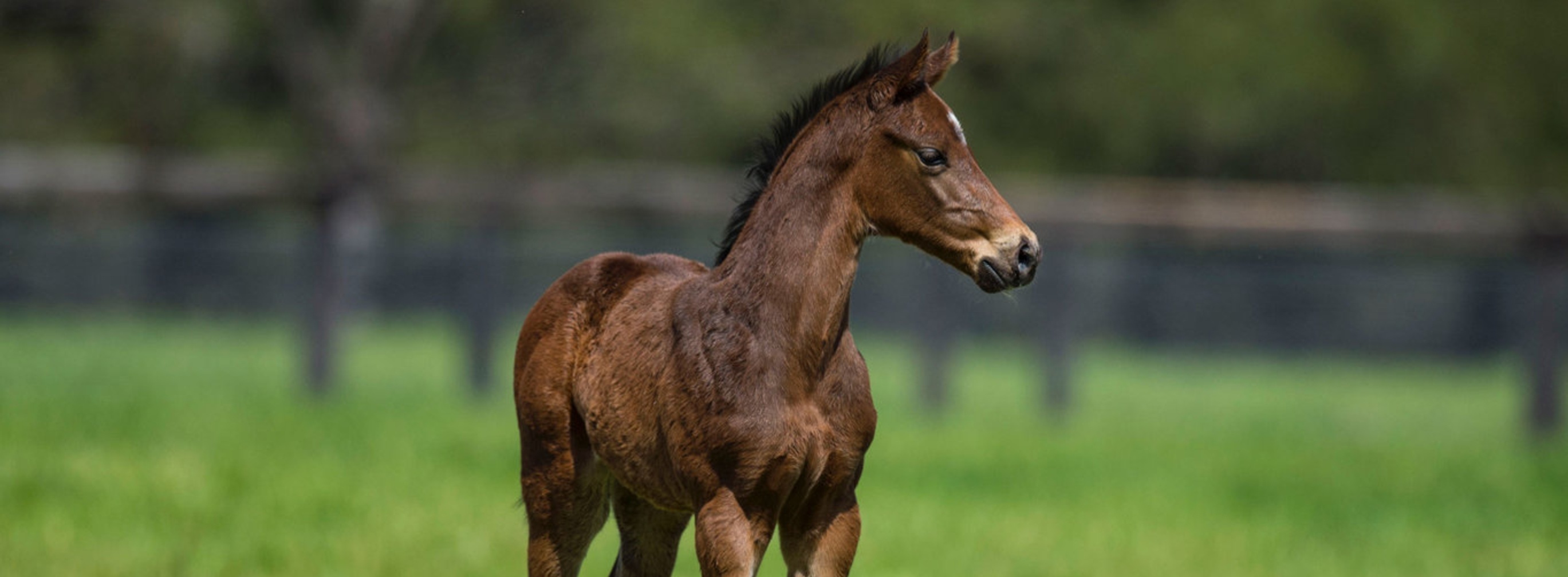
A foal at a thoroughbred stud. Source: Thoroughbred Industry
On average, 13,000 foals will be bred into the thoroughbred racing industry every year. Of these 13,000 foals at least 2,000 will never be registered to race and only 2,500 will be used for breeding - this leaves 8,500 horses exiting the racing industry annually [6]. The average retirement age of racehorses is 2-3 years old, however the life expectancy of thoroughbreds is 25-30 years. This poses great risk to the safety and welfare of these retiring horses, many ending up in Australian knackeries and abattoirs, or being neglected in paddocks.
3. The breaking in process

A horse being ‘driven’ during the breaking in process. Source: Australian Thoroughbred Bloodstock
The breaking in process is largely to break a horse's spirit and bully them into submission. There are several techniques adopted by horse breakers that are psychologically and physically traumatic to horses. Horse breakers have described the 'tie up' procedure, whereby unbroken horses are tied up (by head collar and lead) for a long period of time to essentially exhaust them[7].
Mouthing is the process of attaching reins to a 'bit' in a horse's mouth and tying them to a roller (a strap around the horses girth) and tightening the reins to pull a horse's head further and further down (referred to as ‘dropping to the bit’)[8]. By the end of the break in process horses accept a bit, saddle and rider.
4. Associated health problems
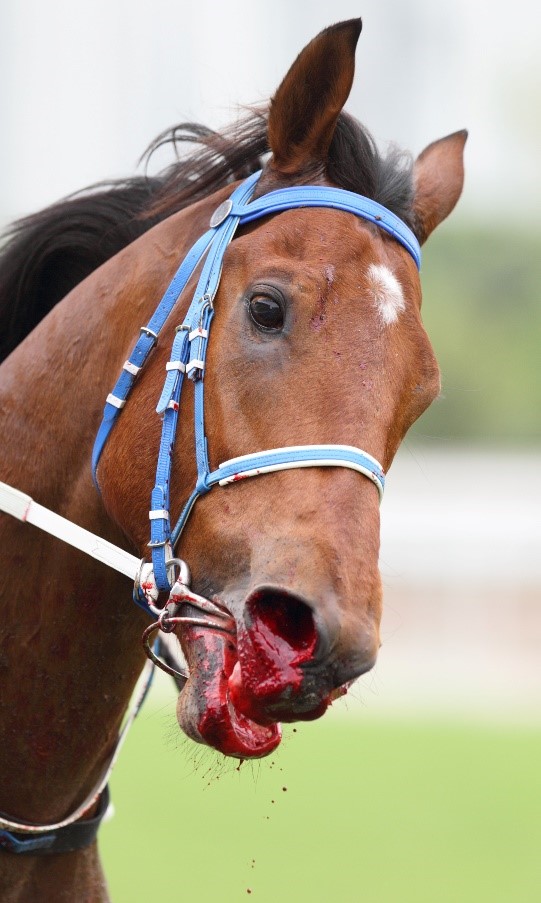
Horse bleeding from the nose due to Exercise-Induced Pulmonary Hemorrhage.
There are several health complications experienced by racehorses that are attributed to their strict training and racing regime. Industry funded studies have revealed that 68.4% of horses in a sample of 747 suffered from E-IPH; a disorder describing blood in horses' airways[9]. Further, a study observing a sample of 345 racehorses found that 86% suffered from stomach ulcers attributed to diet, lack of social interaction and high intensity training[10].
5. Painful equipment

Horse being whipped whilst racing. Source: RSPCA
Equipment such as tongue ties and whips are used to the benefit of horses performing better during races, however both cause pain and suffering. A tongue tie is a strap made from leather, nylon stockings or elastic bands that are tied around the horse’s tongue and then around the bottom of their jaw to immobilise their tongue during racing and training. This is done so that horses cannot put their tongue above the bit during racing, which horses often do to relieve themselves from pain when jockeys won’t release the reins [11].
Whips are used to force horses to continue running at the highest speed possible even when they are exhausted and fatigued. The racing industry introduced regulations that requires whips to be padded, however studies have found the padding has done little to relieve the pain and suffering experienced by horses when they are whipped [12]. Further, a study analysing the use of whips in horse racing found that whipping horses does not increase their chance of placing in a race. In fact, 98% of horses were being found to be whipped whilst it had no influence on their performance during racing[13].
6. Racing during pregnancy

Source: Racing Australia; Australian Rules of Racing.
Outlined within the Australian Rules of Racing, a pregnant horse may still be raced up to her fourth month of pregnancy [14]. It is believed by some trainers in the industry that fillies perform better when they are raced whilst pregnant [15].
7. Neglect
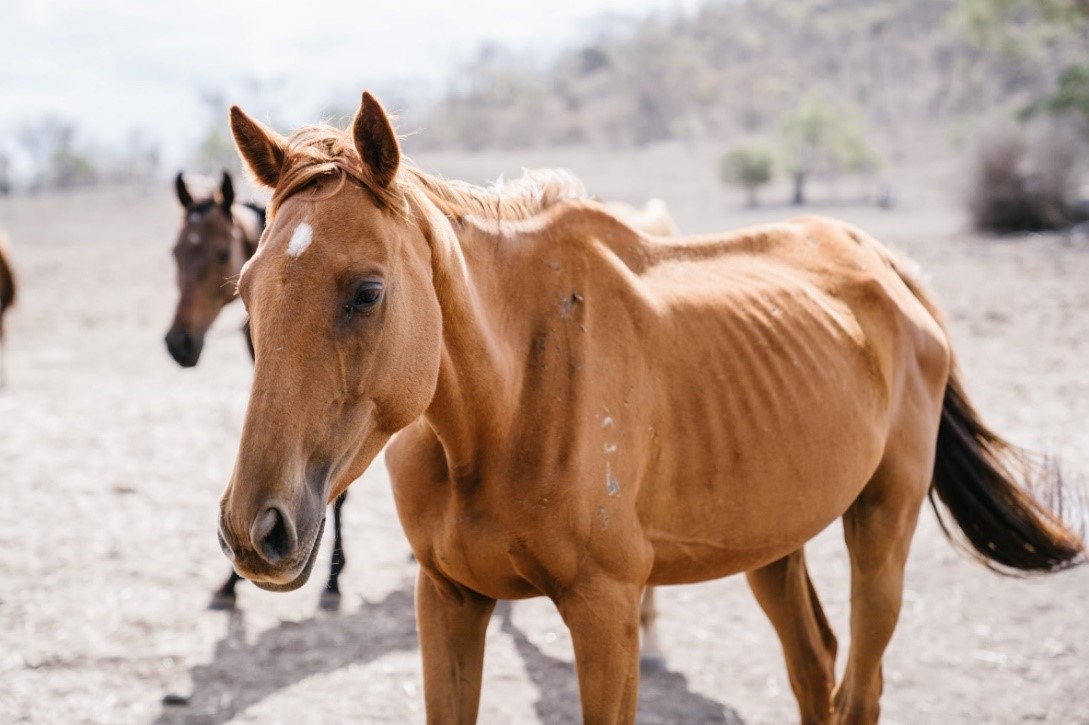
Ex-racehorses found neglected. Source: Animal Liberation Queensland
For horses exiting the racing industry that do not end up in a knackery, their future still faces uncertainty. There have been several cases of ex-racehorses being found emaciated and neglected on Australian properties. Given ex-racehorses can often be unsuitable to be ridden, they require homes that will offer them care despite them not being ‘used’ for anything which can be incredibly difficult to come by.
8. Slaughter
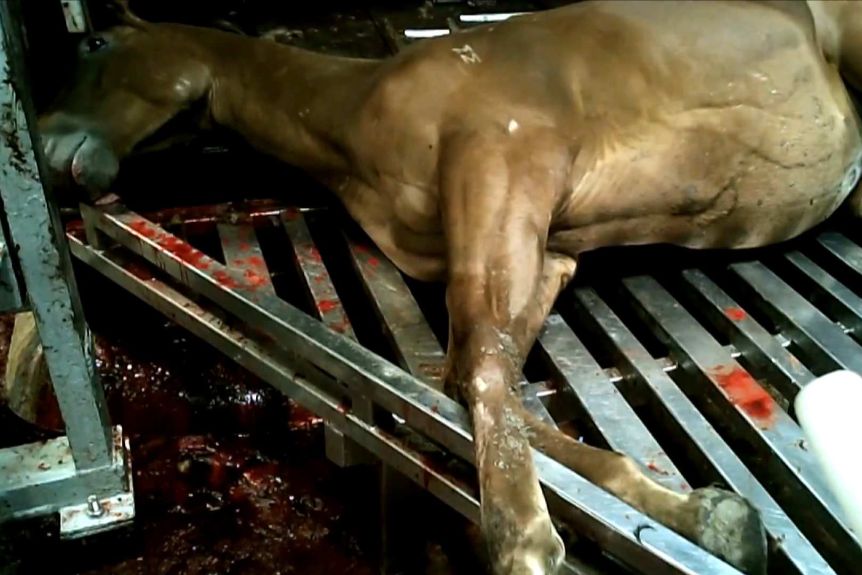 Ex-racehorse slaughtered at Meramist abattoir. Source: ABC
Ex-racehorse slaughtered at Meramist abattoir. Source: ABC
There are no compulsory, enforceable standards for the welfare of racehorses, which means their legal protection is limited at best. Horses are commonly used in pet food as well as their meat being exported overseas for human consumption. With at least 8,500 horses exiting the racing industry every year, thousands of ex-racehorses are ending up in Australian abattoirs and knackeries.
The notion that it is acceptable to use animals for our entertainment is a symptom of our deeply fractured relationship with animals, and as a result, millions of animals are suffering for the entertainment of humans every year. We have the power to stop supporting this abhorrent industry, to begin putting an end to the suffering of these animals.
For more information and references head to the horse racing knowledgebase.



